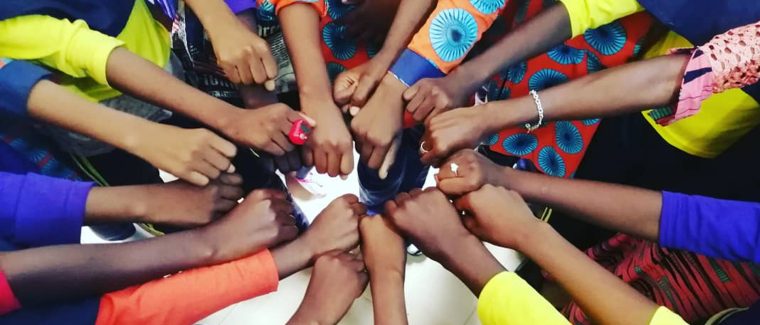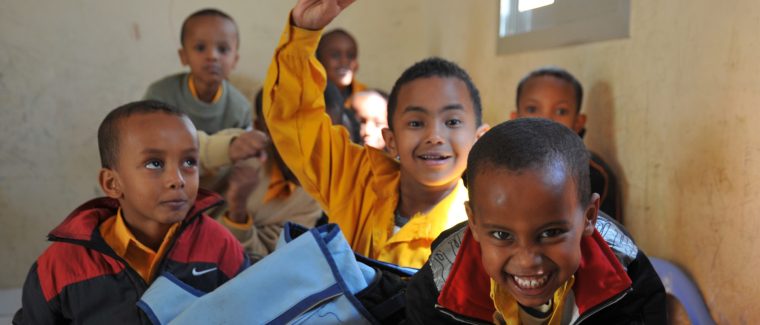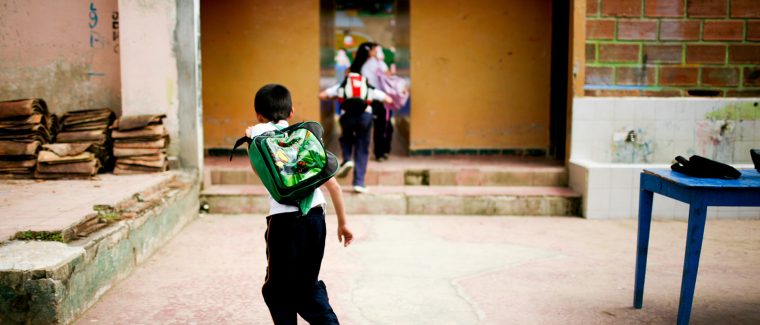- NORRAG Blog
- Contribute
- #TheSouthAlsoKnows
- Philanthropy in Education
- Humanitarian-Development-Peace Nexus
- Missing Education Data
- Systems Thinking
- Decolonising Development, Education and Data
- Early Childhood Education
- International Organisations and the Global Governance of Education
- Financing Education
- AI and the Digitalisation of Education: Challenges and Opportunities
- Pact for the Future
- Provocations for Education from Youth Climate Activism
- Social Emotional Learning and Pro-Environmental Behavior
Building a More Peaceful Future Through Education
28 Sep 2023
This blog was originally published by the Global Partnership for Education. A new study by the Institute for Economics and Peace and GPE shows how inclusive... Read More









